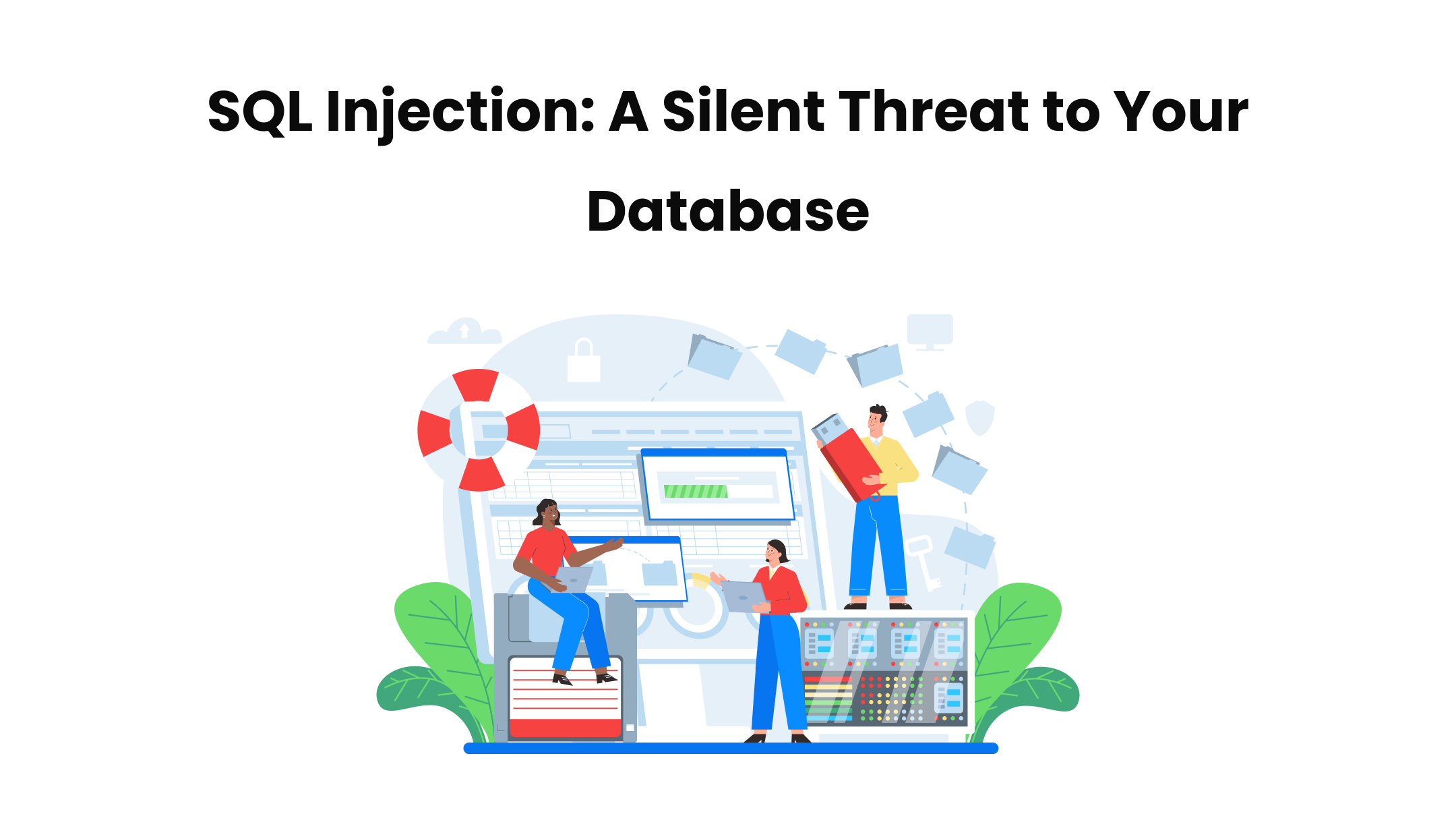

SQL injection (SQLi) is one of the most common and dangerous cyberattacks, targeting the heart of many web applications—their databases. By manipulating SQL queries, attackers can gain unauthorized access, steal sensitive information, and even compromise entire systems. Understanding SQL injection is essential for developers, businesses, and anyone responsible for database security.
Let’s dive into what SQL injection is, how it works, and the steps you can take to defend against it.
SQL injection is a type of cyberattack where attackers inject malicious SQL code into a query to manipulate the behavior of a database. The primary goal of SQL injection is to bypass authentication, retrieve sensitive data, modify database contents, or even delete entire databases.
This attack exploits vulnerabilities in an application’s input validation process, allowing attackers to execute their own SQL commands through user inputs such as login forms, search bars, or URL parameters.
Here’s a step-by-step breakdown of how an SQL injection attack typically unfolds:
Attackers identify input fields where user data is sent to a database, such as login pages, search boxes, or form fields.
Instead of entering expected input, attackers inject SQL commands designed to manipulate the underlying database. For example, in a login form:
Username: ' OR '1'='1
Password: ' OR '1'='1
This query bypasses authentication by always evaluating to true.
The injected SQL code is sent to the database, which executes it as if it were legitimate. This can lead to unauthorized access, data exposure, or other malicious outcomes.
Once access is gained, attackers can:
SQL injection comes in several flavors, each with its own methods and goals. Here are the most common types:
Attackers inject malicious SQL code directly into an input field to manipulate database queries.
In blind SQL injection, attackers do not receive visible feedback from the database. Instead, they infer information by observing how the application behaves, such as changes in response time or error messages.
This type relies on generating error messages from the database to gain insights into its structure and content.
By using the UNION SQL operator, attackers combine results from multiple queries to extract data from different tables.
Attackers use SQL commands that cause time delays, allowing them to infer true or false conditions based on response times.
SQL injection attacks can have devastating effects, including:
Defending against SQL injection requires a combination of secure coding practices and robust security measures. Here are the key steps:
Parameterized queries ensure that user inputs are treated as data, not executable code, preventing SQL injection. For example, in Python:
cursor.execute("SELECT * FROM users WHERE username = %s AND password = %s", (username, password))
Always validate and sanitize user inputs to ensure they meet expected formats and reject malicious content.
Limit database permissions to only what is necessary. For example, a web application shouldn’t have admin-level access to the database.
Use monitoring tools to track unusual database queries or access patterns, and review logs regularly for suspicious activity.
A WAF can help filter and block malicious traffic, adding an extra layer of defense against SQL injection attempts.
Generic error messages prevent attackers from gaining insights into your database structure or application logic.
Identify and fix vulnerabilities through regular testing and code reviews.
If you suspect an SQL injection attack, act quickly:
SQL injection is a silent but severe threat to database security. By understanding how these attacks work and implementing best practices, you can significantly reduce the risk of falling victim to them. Secure coding, regular testing, and vigilant monitoring are your strongest allies in defending against SQL injection.
Remember, when it comes to cybersecurity, prevention is always better than cure. Stay proactive, stay secure, and keep your databases protected.
Browse through these FAQs to find answers to commonly asked questions.
Popular articles